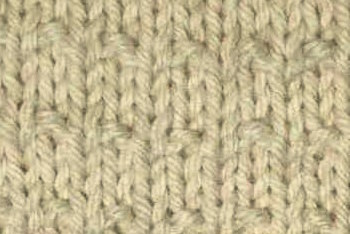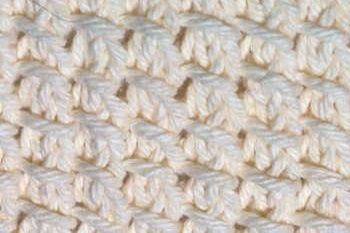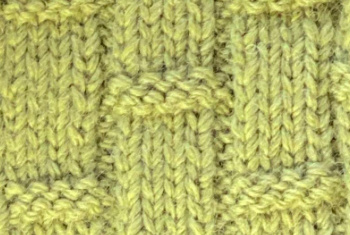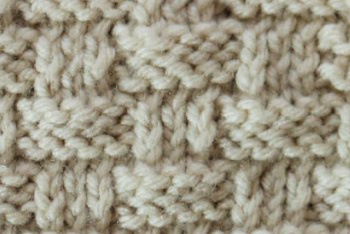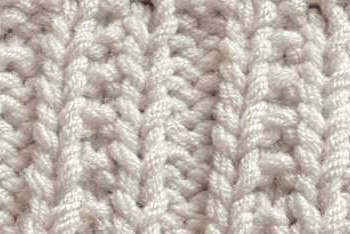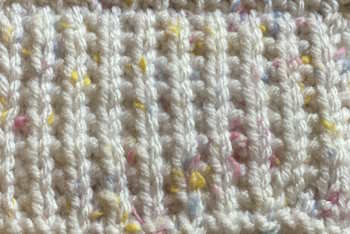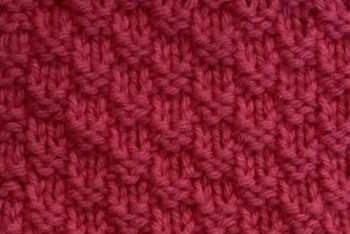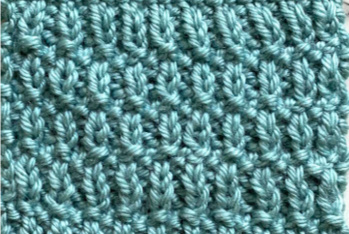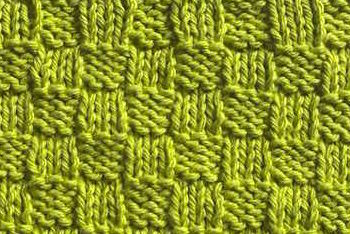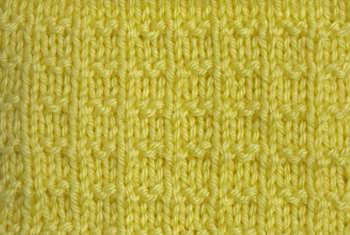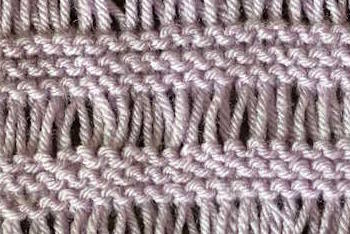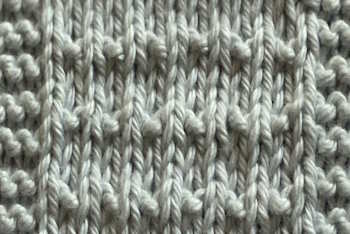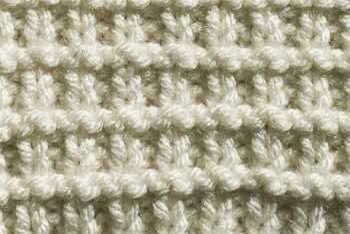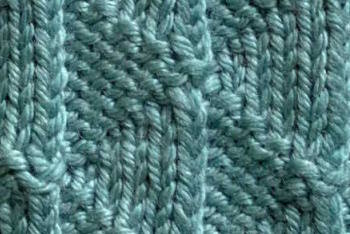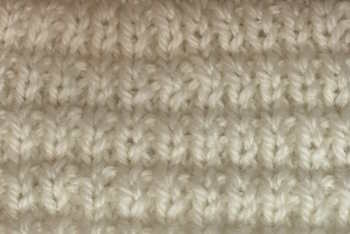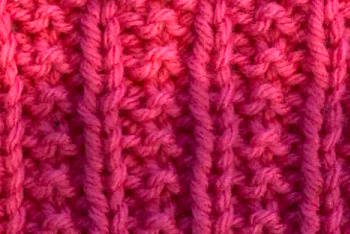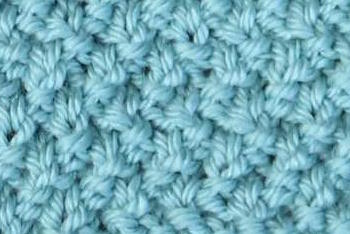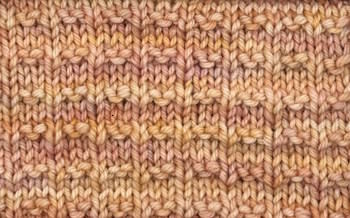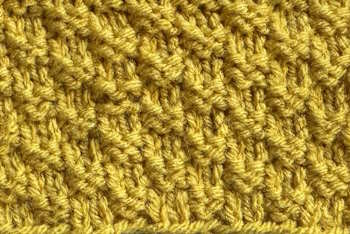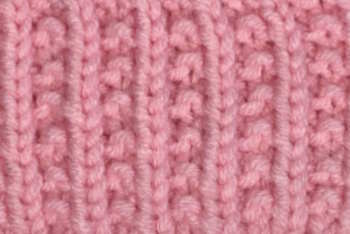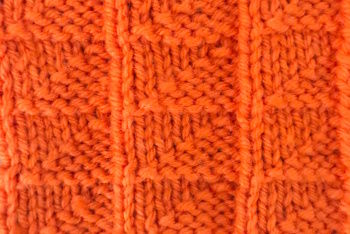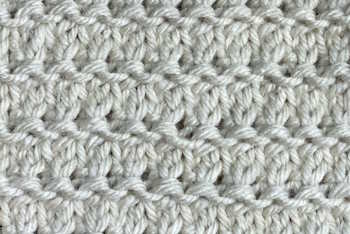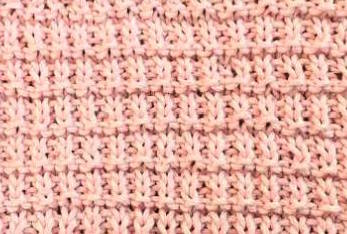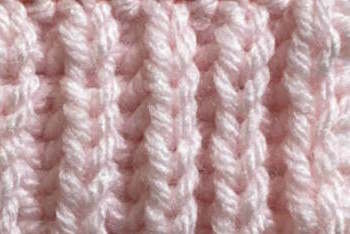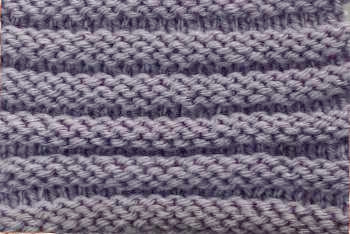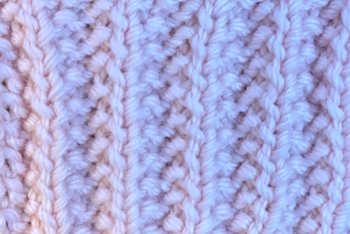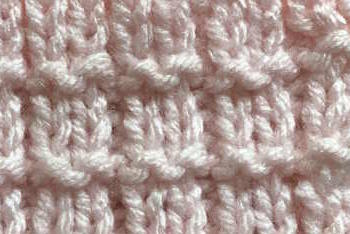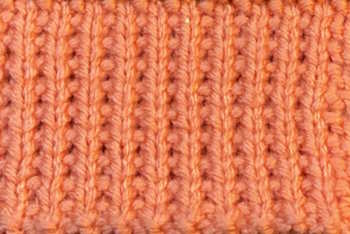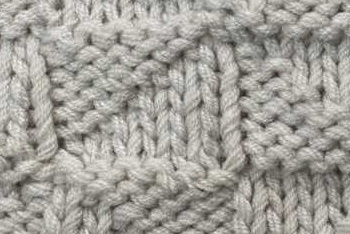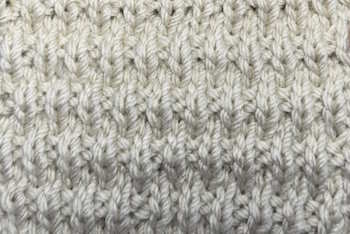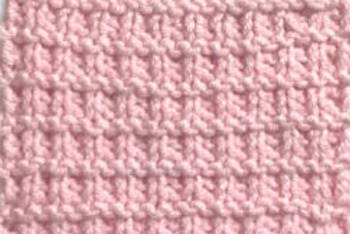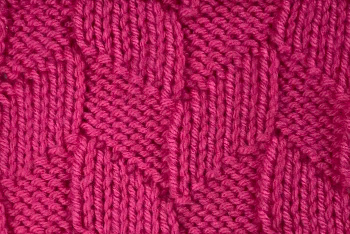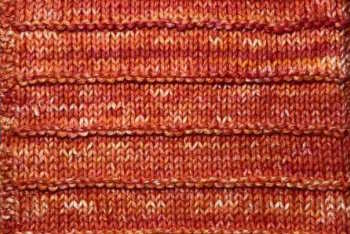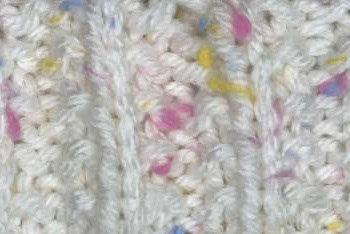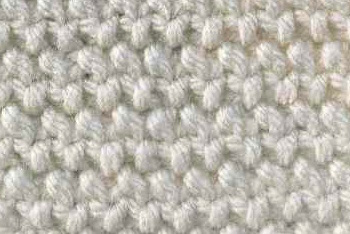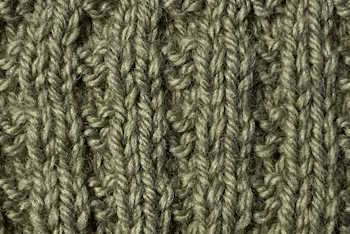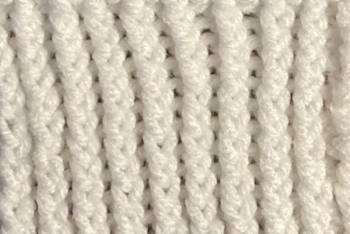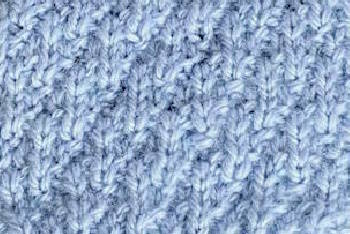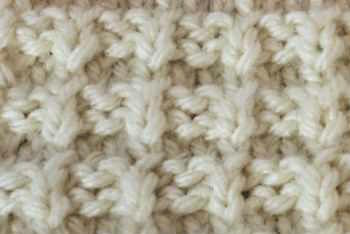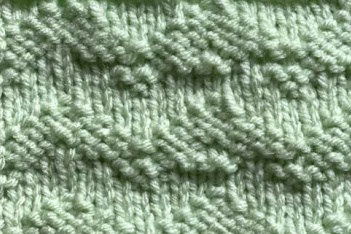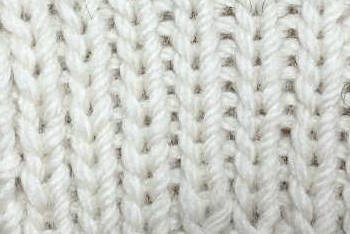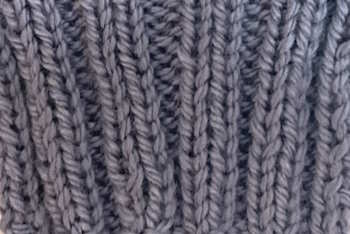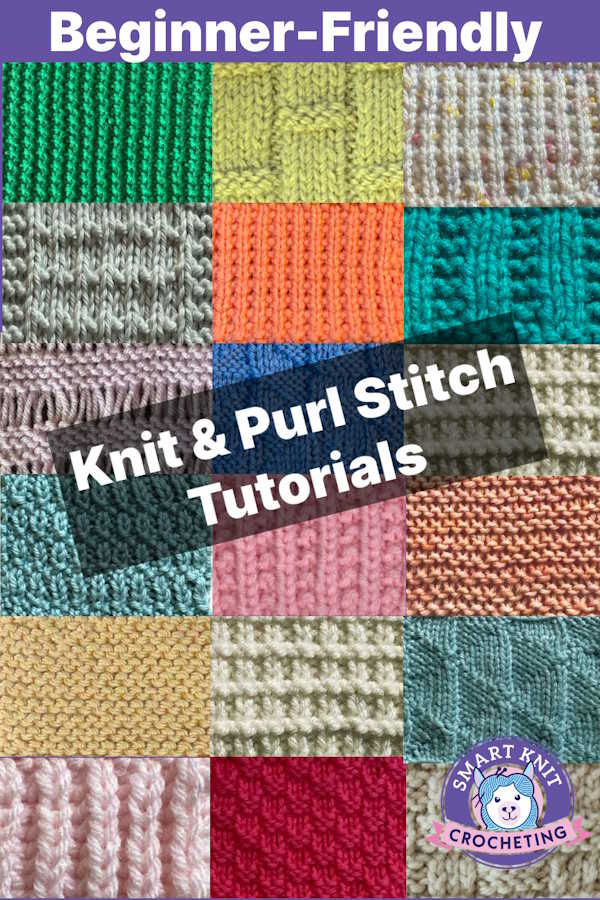- Home
- Types of Knit Stitches
- Knit and Purl Stitches
42 Knit and Purl Stitches:
How to Make Them...What to Do With Them?
Knit and Purl Stitches by Janice Jones
If you are just getting started with knitting, you'll be glad to know that there are truly only two stitches that you must master before you can make beautiful projects for the home or for yourself. What are they?
Knit Stitches and Purl Stitches are the fundamental building blocks of knitting. Once you've master them, there's no stopping you.
In this article, I will be reviewing both the knit and purl stitch and then showing you how to combine them to make interesting textured fabrics such as ribbing, cables, lace and textured stitches.
Knit and Purl Stitches: Directory
If you'd like to jump right into the stitches, here are the ones currently available on this site, or, continue scrolling and reading for a complete tutorial about all knit and purl stitches.
Knit and Purl Stitches: How to Make the Purl Stitch?
The Purl stitch is the other beginner stitch that one must master before moving on to all those beautiful textured stitches that are created using knit and purl stitches.
For a quick review or beginner tutorial, check out these articles:
Knit and Purl Stitches: Endless Possibilities Await You When You Combine the Two Stitches
Rib Stitch
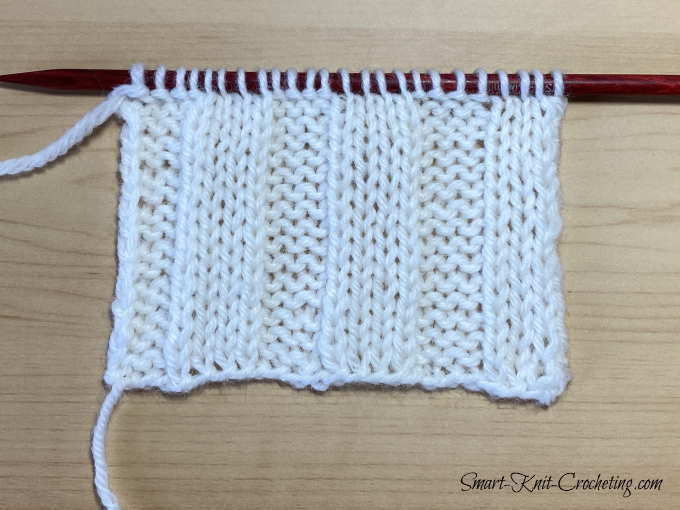
Rib stitches combine both knit and crochet stitches in the same row. The most common types of ribs are used as cuffs around sleeves, at the bottom of sweaters, at the top of socks, mittens, or gloves, or around hats or caps.
There are endless possibilities for creating a rib stitch. The two most common methods are the 1 x 1 and the 2 x 2 rib stitches.
The 1 x 1 or one by one rib is created by knitting one knit stitch followed by one purl stitch across the row.
The 2 x 2 or two by two rib is made by knitting two stitches followed by two purl stitches across the row.
More advanced rib stitches can include:
- 5 x 1
- 7 x 2
- Garter rib stitch
- Broken rib stitch
- Beaded rib stitch
- Seeded rib stitch
Learn more about the knitting rib stitches.
About Janice
Hi, I’m Janice, the voice behind Smart-Knit-Crocheting. I love to knit and crochet and even more, I love teaching others what I know.
Though I learned to knit and crochet as a child, I didn’t get serious about these amazing hobbies until I retired. I’m a certified knit and crochet instructor through the Craft Yarn Council and am working on becoming a Master Hand Knitter through The Knitting Guild Association.
I’m currently living with my husband of over 50 years and our 6 Shih Tzu dogs.
I love hearing from you, so please drop me a line and let me know what you’re working on, whether you love knitting or crocheting more, and if you have any questions. Please visit my about me page for more information.
Happy Crocheting
